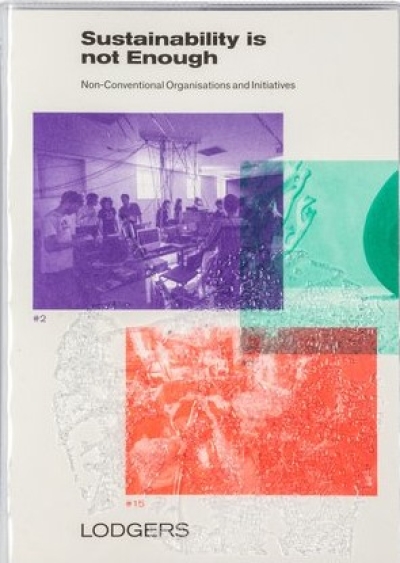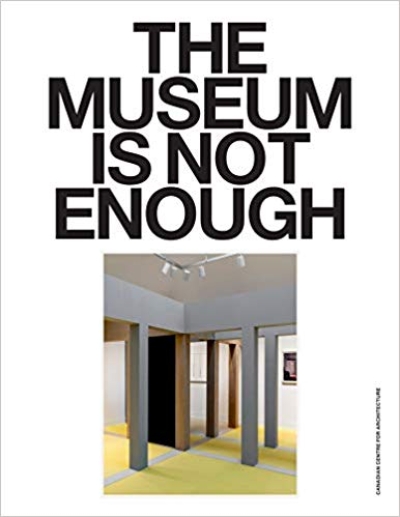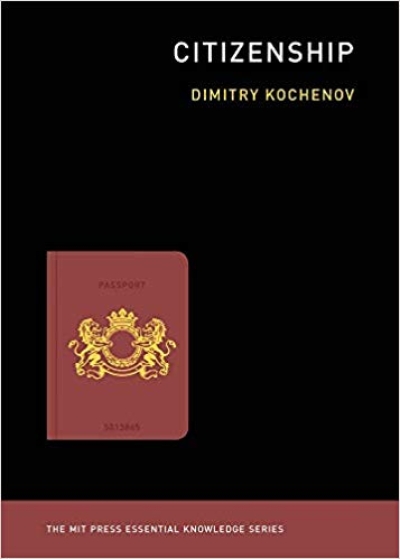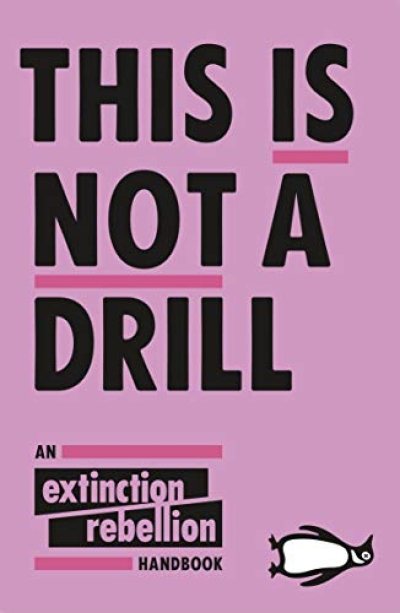
Badlands. New Horizons in Landscape
The artist's relationship to landscape was once invoked by a canvas on an easel in a picturesque vista. No more. In the 1960s, the Earth Artists started focusing on natural systems and entropy; in the 1970s, photographers in the New Topographics movement turned their attention unsentimentally to the industrialized "man-altered" environment; in the 1980s, artists animated the natural landscape with art, movement, and performance; and in the 1990s, Eco-Artists collaborated with scientists to address sustainability, pollution, and politics. "Badlands" explores the latest manifestations of artists' fascination with the earth, gathering work by contemporary artists who approach landscape through history, culture, and science."
"Badlands", which accompanies an exhibition at MASS MoCA, approaches landscape as a theme with variations, grouping artists and their art (which is shown in 150 color illustrations) by category: historians, who recontextualize the history of landscape depiction; explorers, who explore the environment and our place within it; activists and pragmatists, who alert us to problems in the natural world and suggest solutions; and, the aestheticists, who look at the beauty found in nature. Each section begins with an essay: Gregory Volk maps the evolution of the genre from the Hudson River School to Earth Art, Ginger Strand examines the relationship between man and landscape through our cultural history; Tensie Whelan discusses environmental science, sustainability, and climate change; and, Denise Markonish considers the new genre of landscape that emerges from the work displayed in "Badlands". As a physical object, "Badlands" supports the values represented by its intellectual and artistic content: it was produced using FSC (Forest Stewardship Council) certified techniques including paper, printing, and inks.

































































































